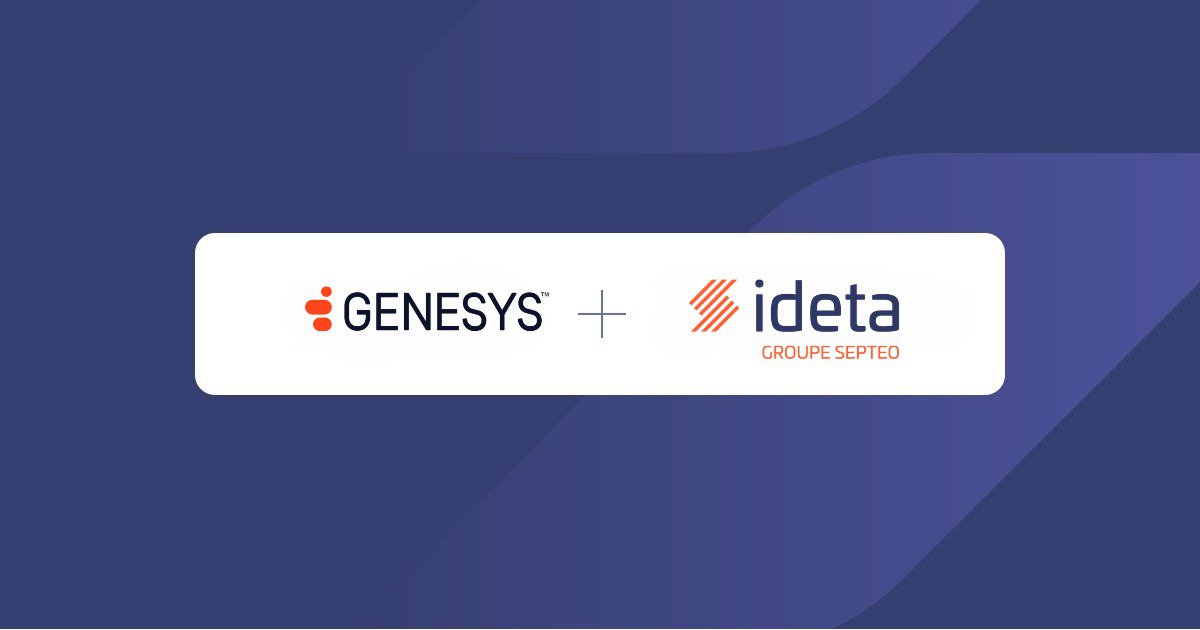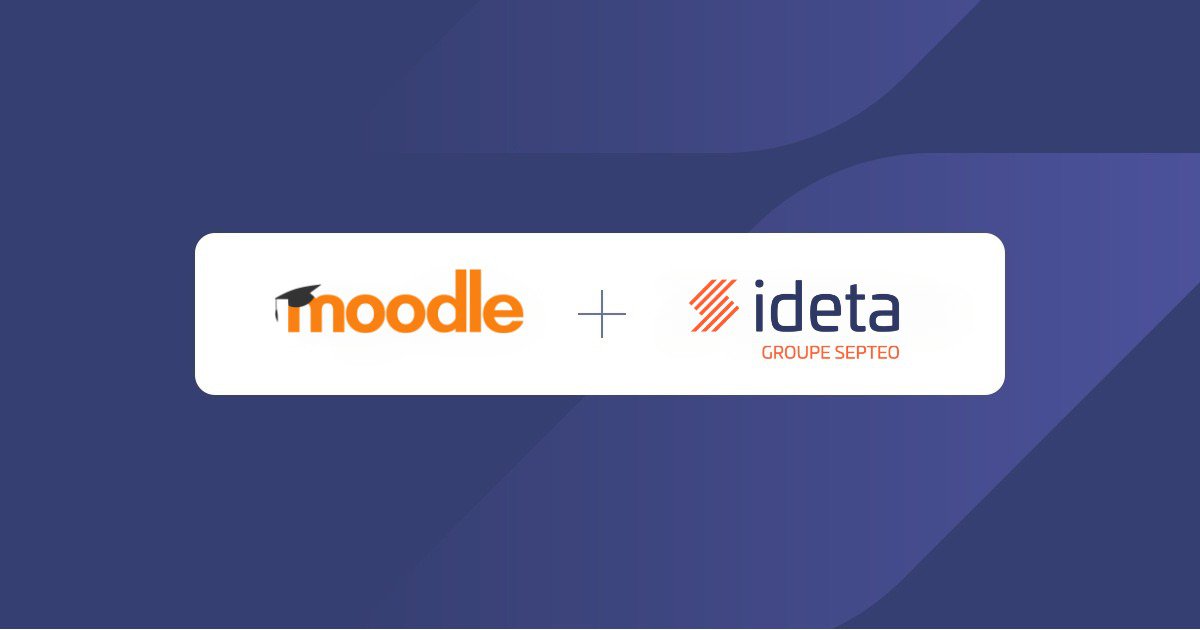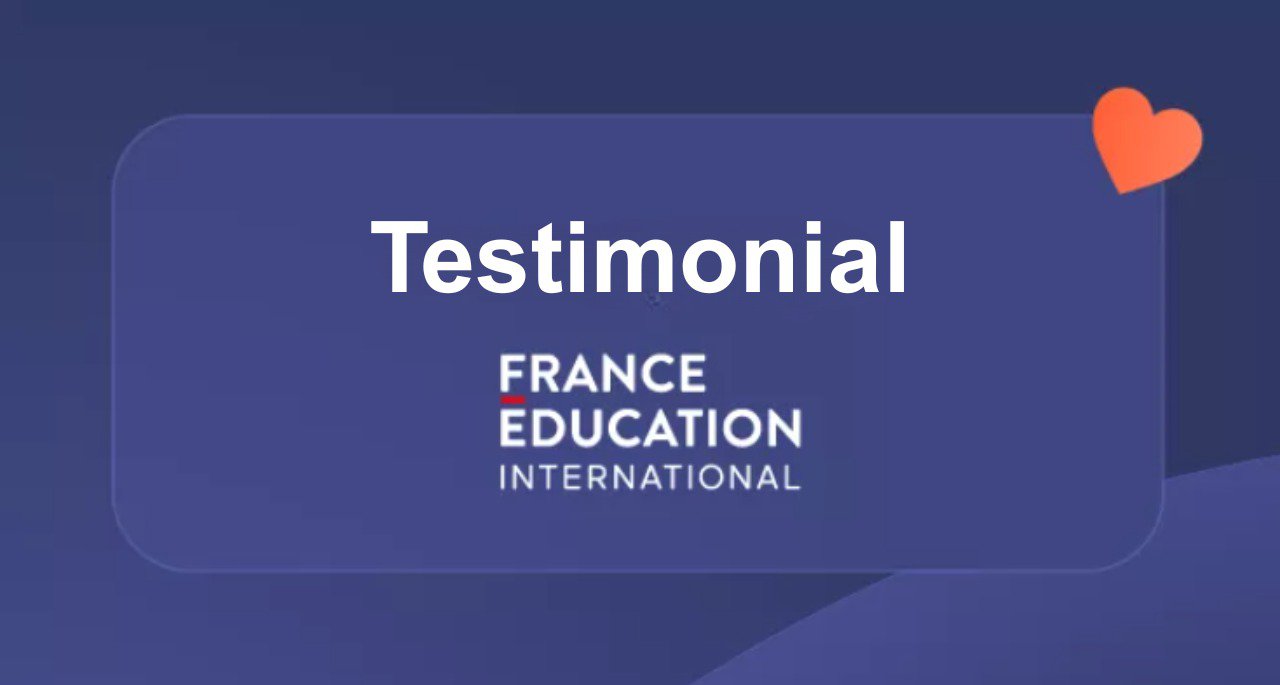NLP use cases: What is NLP used for?
What’s a Rich Text element?
The rich text element allows you to create and format headings, paragraphs, blockquotes, images, and video all in one place instead of having to add and format them individually. Just double-click and easily create content.
Static and dynamic content editing
A rich text element can be used with static or dynamic content. For static content, just drop it into any page and begin editing. For dynamic content, add a rich text field to any collection and then connect a rich text element to that field in the settings panel. Voila!
How to customize formatting for each rich text
Headings, paragraphs, blockquotes, figures, images, and figure captions can all be styled after a class is added to the rich text element using the "When inside of" nested selector system.
NLP use cases have been increasing in the past few years with an expectation of the growth of the NLP market to over 43 billion in 2025.
How do companies use NLP? In this article, I will try to answer the question of what typical NLP applications are in each industry.
NLP use cases in banking
Finance is one of the industries where NLP use is more established. NLP use cases go from risk assessment and portfolio optimization to analyzing financial sentiment.
According to the magazine International Banker, the reason for the boom of NLP use in banking is that most financial information is incorporated in written documents (like reports, press releases, official statements).
The combination of deep learning and natural language processing enables computers to read this huge number of documents and drill the relevant information in a while.
An interesting example of NLP use cases in banking is COIN (COntract INtelligence) software of JP Morgan. COIN can review large quantities of legal documents, at the point that it is estimated that COIN saves around 360,000 hours per year for JP Morgan legal team.
Another promising field for NLP application in banking is spotting trends in the market. This is possible with specific NLP software that extracts the subjective meaning of thousands and thousands of comments, pieces of advice, emoticons, and posts that are published on social media every second.
Sentiment analysis (this is the name of the above-mentioned activity) can tell bank managers what are the actual trends and moods of investors which has been always a crucial factor to consider in any financial decision.
An important application of sentiment analysis in banking is understanding customer satisfaction. By analyzing the comments of its customers on its service, a bank can easily know whether they are satisfied or not.
An interesting case study for those who are interested in NLP use cases in banking is BBVA Compass, a UK bank that first has used sentiment analysis for itself and then has started a new flourishing business with it.
NLP use cases in health care
While in banking much relevant information is encapsulated in financial documents of any kind, in healthcare the problem has a specific name, clinical documentation.
According to the American Medical Association, US physicians spend over 10 hours a week on paperwork and administrative tasks. Forbes reported that a doctor wastes on average 2 hours in filling up forms per 1 hour in seeing patients.
NLP can alleviate doctors’ bureaucratic pains. Thanks to NLP voice recognition, it becomes possible for a physician to simply dictate the content of a document to a device with speech-to-text software. This could save not only time, but also money (and, maybe, lives).
However, a boring compilation of endless paperwork is only a side of the problem. The other side is reading and extracting valuable information from clinical records.
Even though the introduction of EHR (Electronic Health Record) simplifies life for doctors, the real leap ahead could be the NLP application. NLP software can read EHRs and drill any relevant piece of information in the blink of an eye.
Other NLP use cases in healthcare include handling PHI (Protected Health Information) and cross-referencing symptoms.
Protected information can be easily detected by NLP through fast scanning of any document and then replaced with some semantic equivalent or obfuscated.
Cross-referencing symptoms habilitates more precise diagnosis and accurate patient monitoring through assigning an appropriate code to each patient. These data can be also read by NLP with timesaving and better accuracy in treatment administration.
This is not the end of the list. Clinical decision support, clinical trial matching, and health predictive analysis are other examples of use cases of NLP in healthcare. To learn more, please read the article: “How healthcare chatbots are transforming the industry” in this blog.
Use cases of NLP in manufacturing
Procurement and logistics are the main examples of NLP use cases in manufacturing. Every day, industries have to handle millions of bills, invoices, delivery notes, and other similar documents at any stage of the supply chain. AI in manufacturing can give a hand by reading, classifying, labeling, and filing this huge amount of documents, with consequent streamlining of the whole supply process.
The NLP application can give a hand by reading, classifying, labelling, and filing this huge amount of document, with consequent streamlining of the whole supply process.
Relevant data can be also extracted and directly put into accounting documentation by saving further time, and money (automated inventory management).
Another important use case of NLP is web scraping. This expression means the activity to search and compare information like transportation rates, fuel rates, and other benchmark rates that are necessary to compare costs and identify cost-saving opportunities.
Finally, NLP sensors: they integrate AI, deep learning and ordinary sensors in a new kind of hardware that can perform advanced production processes. A NLP sensors can not only listen and see, but also understand a conversation or a vocal order or input.
If someone breaks into a forbidden area of a plant, a NLP sensor can record noises, conversations and other input and decide what counteraction to take according to the level of the menace detected.
More in general, NLP can be integrated with other technologies to automatize production processes. Just to give an example of NLP use cases in an automatized manufacture, NLP tools can notify if a piece of equipment is 100% efficient, with savings of money and increases in terms of efficiency.
NLP applications in IT
Cybersecurity is a domain where NLP can be profitably utilized to detect spam and filter comments, emails, and messages.
The application of NLP in cybersecurity works like in other industries. NLP software read texts and snippet of text to understand their meaning. Then it decides whether the text concerned contains spam messages or not.
A new and interesting use case of NLP in cybersecurity is data exfiltration prevention. Data exfiltration is a breach that involves unauthorized data copying (usually sensitive data, or passwords) through malware that is launched through specific domains.
NLP can read DNS queries and find out malicious domains or phishing emails and block them. Additionally, NLP can assist in SPF validation by analyzing email sender policies to detect and prevent email spoofing, further enhancing cybersecurity efforts. If we consider that, according to the FBI, phishing was the common type of cybercrime in 2020, we can easily understand the importance of NLP applications in the IT industry.
NLP in Telecom
The leading case of NLP application in telecommunication is probably Telefonica, a Spanish telecom company that launched AURA, a virtual AI assistant that helps customers to manage their digital experience with the company.
The aim of the company is to boost customer engagement through the application of NLP. This is not an isolated use case: other NLP use cases in telecom are Orange, China Mobile, SK Telecom, Deutsche Telekom, Vodafone.
These companies all use AI chatbots with NLP to understand, address and solve daily human requests of assistance.
But NLP use cases in telecommunication go much further than customer service. The advent of 5G networks and the need for what engineers call: “intelligent connectivity” makes it necessary to integrate deep machine learning and manage the increasing complexity that this new technology implies.
In this scenario, AI and NLP are necessary tools to address issues like meeting the right band witch and latency requirements. Another frontier for NLP and AI might be predictive networks which are able to predict performances and possible flaws of the future networks.
NLP use cases in marketing and retail
The automation of customer services is the most notable application of NLP in retail today. NLP is combined with a set of technologies like artificial voice and AI chatbots to provide services that range from cold calling to virtual assistants.
The typical NLP use cases in retail are AI chatbots that route customers to a specific human agent or answer basic customers’ questions (usually routine questions). An issue is that the combination of NLP, AI, and bots cannot compete with humans in the most difficult situations, while it performs very well simple routine daily tasks
NLP in retail has been a big success so far, and it has greatly contributed to the growth of the NLP industry. According to Fortune, the demand for NLP has been boosted precisely by the need to assure enhanced customer experience in the last few years.
In marketing, NLP use cases concern mostly data drilling and customer profiling. Thanks to NLP, bots are enabled to understand human conversations (particularly on social media) and extract relevant data like sentiments and opinions on the brand, the services, and the products they bought.
NLP AI bots can also track customers to discover their preferences, tastes, and needs. Naturally, this is gold for any marketing department. And not surprisingly, according to Fortune retail firmly holds the second position in global NLP market share.
The list of companies that utilize NLP in marketing and retail is endless and includes brands like Google, Amazon, Microsoft, IBM, Hewlett Packard, Intel.
Other NLP use cases
NLP can benefit also small businesses. It is the case of restaurants, where a combination of NLP, chatbots, and AI can create a technology that works like a reliable virtual assistant that gives help by getting and fulfill orders, responding to comments and messages on Facebook, giving information.
In other words, virtual assistants add value to an industry where often there is no budget to hire a human customer service team, as they make service affordable for restaurants that they would not afford instead.
More in general, NLP can be applied to any small business that needs an inexpensive customer service or a virtual assistant to manage its Facebook page.
This second example of NLP use cases is quite common today. Facebook is a relevant source of traffic for small businesses but managing a Facebook page is time-demanding and annoying and hiring a social manager is often out of the reach of small organizations.
An NLP AI chatbot solves this problem by offering inexpensive management services that range from replying to comments to make posts. In this way, small businesses can benefit from Facebook opportunities as well.
Government is another promising field of application for NLP. Opportunities cover the possibility to offer 24/7 front-office services (like in retail), automatized bureaucratic procedures (NLP enables computers to read, understand and process forms and documentation), and data drilling on existing libraries of filed documents.
Among NLP use cases in governmental agencies, we mention The Department of Health and Human Services of the US government which has utilized NLP to process public comments on new regulations, and the US agency for immigration has adopted EMMA, a voice-powered personal assistant that helps with FAQs.
According to Accenture, contact centers could be the future Eldorado for NLP firms, as this technology can reduce costs up to 30 percent and increase notably customer satisfaction indexes.
If we reflect on the fact that providing information to citizens is one of the main (and more time-demanding) activities of governmental bodies, we realize immediately the big potentiality of NLP uses in the public field.
Other notable NLP use cases are in theaters and universities. In the UK, NLP has been employed in a device to help those with loss of hearing, and many US universities use NLP to check plagiarisms in students’ schoolwork.
Last but not least, journalism: NLP can process all documents about a specific topic and supply a journalist with an updated report on the latest news, which means a lot of timesaving in research.
In the most advanced applications, the article is written directly by the bot. A name? The Associated Press. In 2015, they implemented a system that is able to generate 3000 articles each 15 minutes.
What have all these sectors in common? The answer is data processing. NLP can be applied successfully each time there is a document to read, understand, file, and with relevant information to extract.
It is not difficult to conclude that NLP can be the technology that will replace humans in menial tasks, like reading and process a filled form or help people to fill it. The other main NLP use cases concern data extraction and data processing in both private and public fields.









